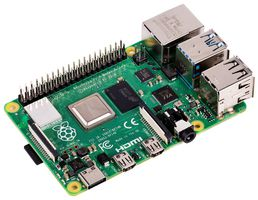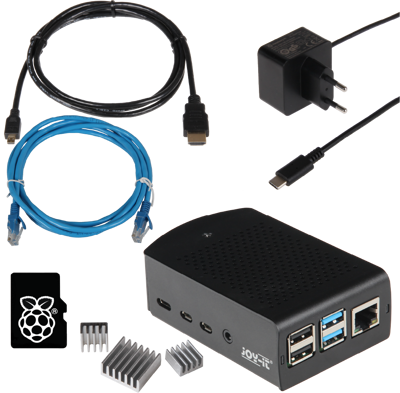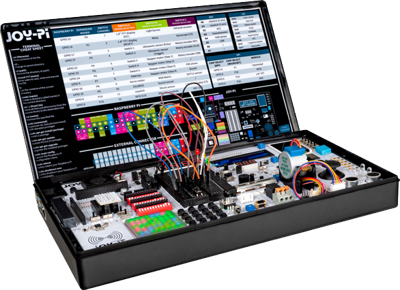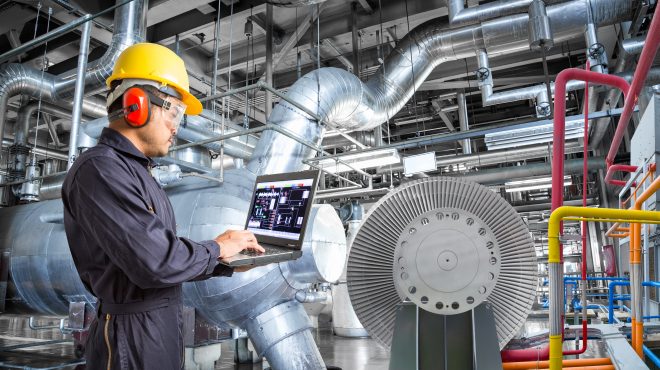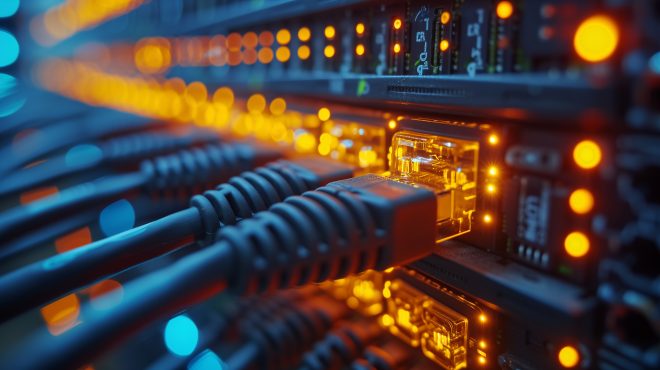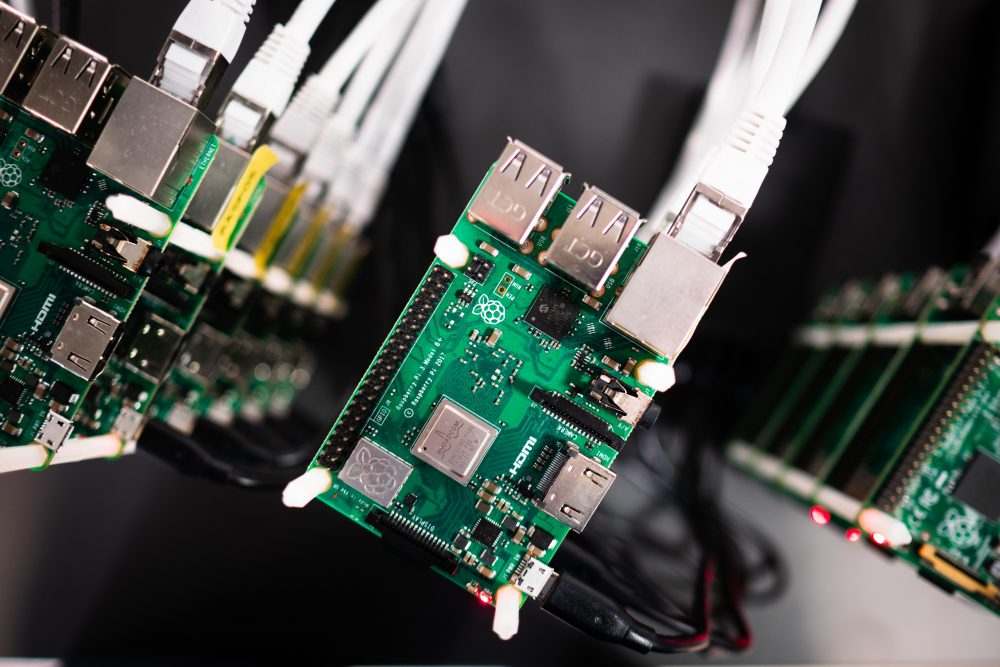
Raspberry Pi: Significance & Functions
Small, compact and highly functional: the Raspberry Pi, recognizable by the raspberry logo. The increasingly fast single-board computers are now also in demand in industrial sectors. We have summarized all the essential information about the Raspberry Pi in the following guide.
What is a Raspberry Pi?
In short: A Raspberry Pi is a special product line of single-board computers from the British Raspberry Pi Foundation. These comparatively simple models are designed for simple tasks. In other words, they are compact and small and work more slowly than powerful multi-board models, but are still fast enough to perform their intended tasks.
While everyday computer systems have to meet a variety of complex requirements, single-board computers such as the Raspberry Pi are designed for manageable work requests. For example, for continuously running and repetitive processes and procedures, as required in industry in particular. Such devices are also often used in weather stations, 3D printers or video cameras.
The advantages of the classic Raspberry Pi
- inexpensive
- freely programmable
- ideal for tinkering & experimenting
How is the single-board computer constructed?
Like any other computer model, the Raspberry Pi has a processor, RAM and interfaces for various hardware devices. The difference, however, is that unlike conventional, high-performance computers, single-board computers do not have their own hard disk. Instead, a memory card is installed, which can also easily load the installed operating systems.
Raspberry Pi & Industry 4.0
The development of functional single-board computers has now reached the 5th model series. Attempts have been made to make the small systems ever more efficient and powerful. Since 2015, Raspberry Pis have also had an Ethernet port. From the 3 series onwards, the switch was made from 32-bit to 64-bit processors.
It has been clear that industry in particular could benefit from the functions of a Raspberry Pi since the first Raspberry Pi models were developed. After all, the demands in modern production facilities are constantly increasing – effective, efficient and powerful products are therefore in demand in this area: automation, robotic processes, various IoT tasks and challenges in communication and visualization must happen simultaneously using reliable control elements. At the same time, processes need to be controlled and regulated efficiently.
There is only limited space available for the installation of powerful computers in the control cabinets- and the ambient temperature is warm. The demands on Raspberry Pi products are correspondingly specific.
It is only since the 4th model series of Raspberry Pi, the Compute Module 4 (CM4), that the devices have had all the necessary requirements to support Industry 4.0.
Raspberry Pi 5, the latest version with a more powerful CPU than previous models, is suitable for even more complex work, work that generally requires more power. Industry 4.0 is dependent on such efficient and productive single-board computers. Raspberry Pi 5 is two to three times faster than its predecessors.
The advantages of a Raspberry Pi in an industrial context:
- fast thanks to Gigabit Ethernet
- Powerful CPU
- High resolution thanks to modern GPU
- Industrial interfaces: USB 3, Bluetooth 5.0
- large RAM memory
Bürklin exclusive sets from Joy-IT for the Raspberry Pi 4
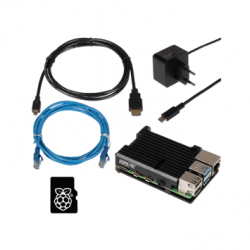
Ideal for machines and devices in warm industrial environments with little space: In addition to its use due to the compact design, the housing also serves as a passive cooling element – completely noiseless. The aluminum block on the top and bottom makes the model extremely robust.
What do I need to get a Raspberry Pi up and running?
A step-by-step guide for commissioning simple Raspberry Pi devices:
- Install the operating system: The first step is to install the Raspberry Pi IOS. If possible, the microSD card required for this should have at least 8 GB of storage space or more – ideally more than 32 GB and a high write speed.
- Install the memory card: After downloading the operating system to the formatted memory card, it can now be inserted into the corresponding card slot.
- Connect hardware: Via the HTMI interface, the mouse, keyboard, screen & co. are now connected with the corresponding cables.
- Install the driver: After plugging in the power cable, the driver is installed automatically. Attention: Never unplug the Raspberry Pi during operation – always log out and shut down first!
- Initial start-up: During initial use, the country and language are selected, a WLAN network may also be selected and a password can be assigned.
Then simply make the desired settings and you’re done. The menu is also very intuitive – similar to the Windows design. The eponymous raspberry is located at the top right and represents the main menu navigation.
Good to know: Raspberry Pis can also be operated via remote control if installed accordingly.
Single-board computers from Bürklin Elektronik
Whether for first steps in programming or for more complex processes: A Raspberry Pi is suitable for home use as well as for use in powerful industrial systems including robotics. Bürklin Elektronik provides the corresponding products including extensions and accessories.
Our promise: short delivery times, personal service and individual order quantities. Bürklin Elektronik is your reliable electrical distributor. Get to know our wide range of Raspberry Pi products and other single board solutions! Use the practical filter function to sort our diverse range according to your needs.

